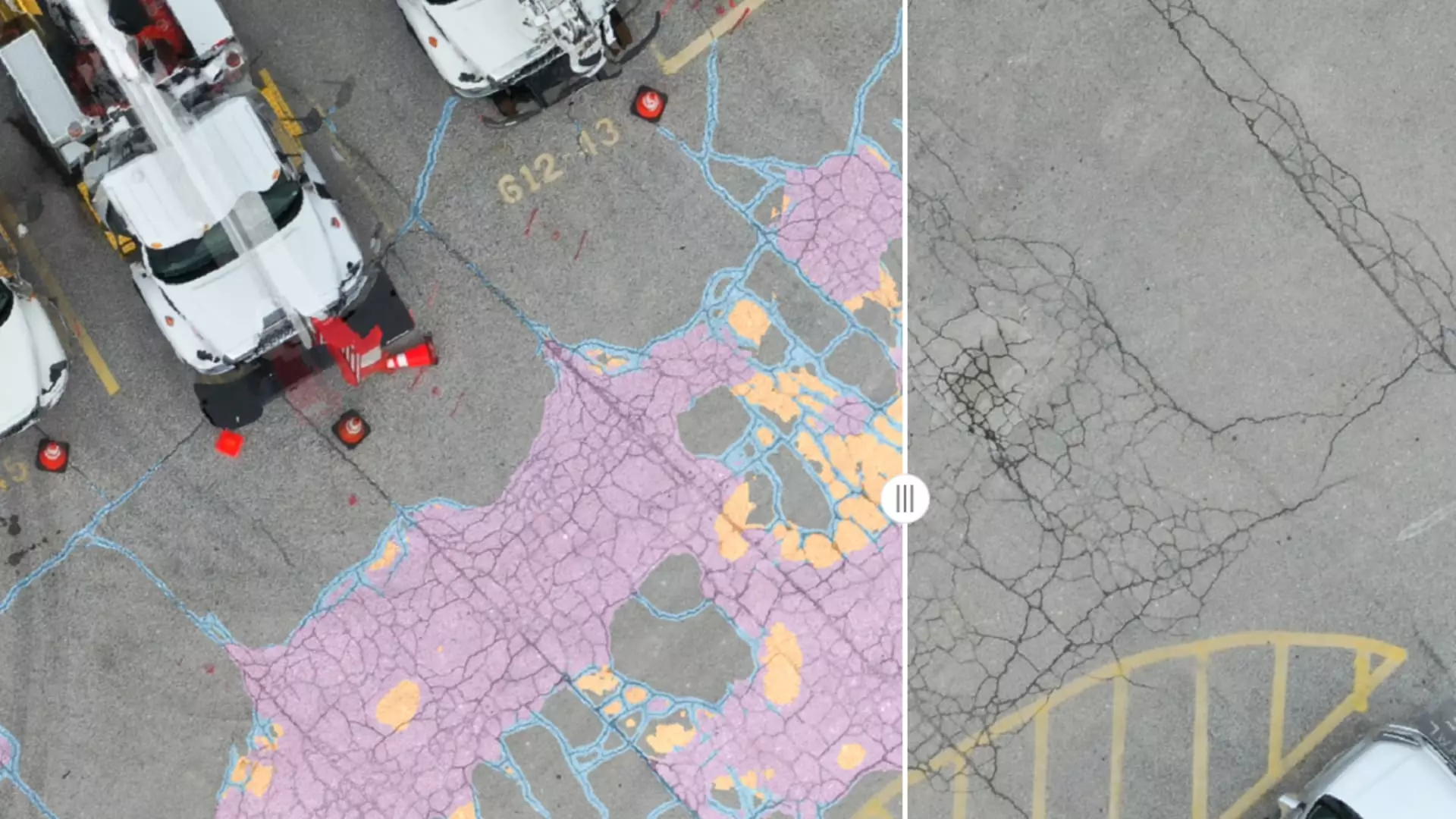In an era where natural disasters are increasingly relentless and destructive, the deployment of technological solutions in commercial real estate presents a tempting but flawed narrative of preparedness. Companies like Site Technologies tout drones and AI as game-changers, promising to uncover vulnerabilities before storms hit. While these innovations seem impressive on paper, they arguably serve more as Band-Aids than cures, creating an illusion that we are adequately addressing climate resilience when, in reality, deeper systemic flaws remain unchallenged. The reliance on satellite imagery, AI-driven assessments, and predictive maintenance offers a false sense of security that can lull stakeholders into complacency, delaying necessary structural reforms and broader policy changes.
The Overconfidence in Data and Automation
The obsession with quantifiable data is fundamentally problematic. Platforms like Site use drones and AI to analyze buildings, but the data they generate often oversimplifies complex infrastructure issues. A roof might appear structurally sound in a drone image, yet fail under extreme weather conditions due to material fatigue or hidden structural flaws. There’s a dangerous assumption that technology can fully capture a property’s vulnerabilities, leading to a false confidence that risks are managed. This technological reliance breeds complacency; facilities managers may assume that if the AI reports no immediate issues, their properties are safe, ignoring the subtle, long-term degradation that machines can overlook.
The Economic and Ethical Implications
The narrative of using high-tech solutions tends to prioritize ROI and efficiency, often sidelining the human and environmental costs. Large corporations investing in drone surveys and AI maintenance tend to focus on immediate property concerns, creating a model that serves shareholder interests first. Smaller property owners, who might lack the resources for such advanced tech, are relegated to traditional, less reliable methods. This division raises urgent questions: Are we creating a two-tiered safety net? Additionally, the environmental footprint of deploying drones and maintaining extensive data centers warrants scrutiny. Investing in flashy tech without addressing the root causes of climate change and urban planning deficiencies risks perpetuating a cycle of reactive rather than proactive resilience.
False Promises of Technical Optimism
Underlying these advancements is a problematic optimism that technology alone can safeguard our built environment from increasing climate chaos. This belief fosters a dangerous complacency among policymakers, investors, and property owners, who may interpret technological progress as an all-encompassing shield against disaster. Such overconfidence diverts attention from critical structural reforms—such as stricter building codes, sustainable urban planning, and meaningful climate policies—that are undoubtedly more challenging but essential for genuine resilience. Relying on drones and AI to “predict” and “prevent” disasters risks turning resilience into a technological spectacle rather than a comprehensive strategy rooted in ecological and social justice.
The Center-Left Responsibility for a Just Transition
Addressing climate-related risks in real estate calls for a balanced approach—one that recognizes the value of technology but also emphasizes proactive policy and community-centered solutions. Center-wing liberals should champion investments in resilient infrastructure, equitable zoning, and green energy—measures that empower communities to withstand, adapt to, and recover from storms. While innovative tools are beneficial, they must complement, not replace, systemic reforms. Governments and private sector actors have a moral responsibility to ensure that resilience measures do not deepen inequality, leaving marginalized communities more vulnerable while affluent property owners indulge in high-tech prevention.
In essence, technology can be a powerful ally if wielded responsibly—yet it should never be mistaken for a substitute for leadership, justice, and systemic change. Without a critical eye and a willingness to confront the underlying causes of climate vulnerability, we risk building a facade of security that may crumble when the next storm hits, exposing our genuine weaknesses just as vividly as the exposed roofs and flooded basements that technological surveys attempt to fix.

